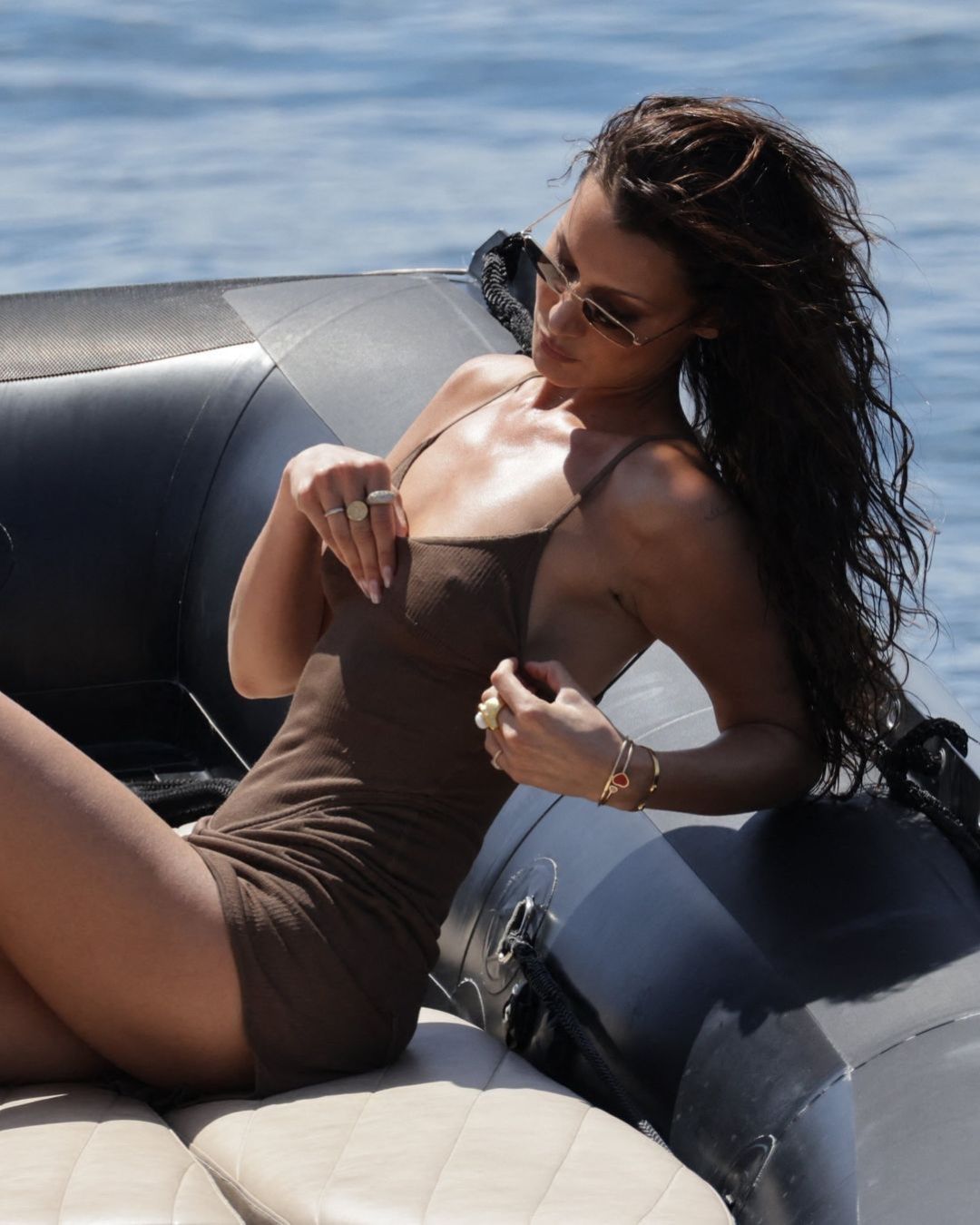
The last 300 years of the French girl From Marie Antoinette to Bella Hadid
What does "French Girl" mean? When discussed, even on social media, the videos and photos convey the image of a girl who is naturally beautiful, with delicate features, a simple style, and a light dab of red lipstick on her lips. An effortlessly chic style that is also difficult to replicate. This is why on TikTok, we often see videos where the French girl points out that those trying to imitate her appear un petit faux. In short, it seems we need a dedicated manual to master the art of camouflage: but why do we want so much to immerse ourselves in this style? Where does it come from? How was it in the past and how is it today? Let's try to answer these questions.
Who was the French girl in the thirteenth century? Marie Antoinette beyond Sofia Coppola
Let's start with Marie Antoinette, the 2006 film directed by Sofia Coppola. The film established Coppola as a director of considerable repute and created a mesmerizing, luxurious, and dreamlike aesthetic. Fortunately, the film had a substantial budget, allowing the famous costume designer Milena Canonero to create accurate pieces, with deliberate inaccuracies added for narrative purposes. For this reason, Canonero decided to work on real historical garments, modifying and adapting them according to the narrative guidelines. The obvious starting point was contemporary portraits of Marie Antoinette. This is where our French Girl originates. The queen was a great lover of fashion and had little in common with the modern concept of the French Girl; she was far from the less is more notion. At Versailles, her dressmaker Rose Bertin helped her dress sumptuously with skirts, ruffles, corsets, diamonds, tiaras, jewels, precious stones, silk shoes, and wigs, creating a true cult across Europe.
The wardrobe change during the French Revolution
The nobility imposed their status through clothing, in France as in all European courts. Traditionally, from the 17th century onwards, "the French court was governed by a scrupulous dress code that dictated how to dress for every occasion" (National Geographic, 2020). When the French Revolution broke out (May 5, 1789 – Nov 9, 1799), fashion played a sociopolitical role: it served to distinguish social classes, highlight inequalities, and emphasize the difference in positions between those in favor of the aristocracy and those against it. Red and blue represented the distinctive colors of Paris, while white symbolized the monarchy and purity. After the revolution, clothing became simpler, rejecting symbols. Social classes appropriated fashion, stripping it of excesses.
The elegance behind simplicity: Brigitte Bardot and Jane Birkin
The rules of simplicity and the use of few colors have remained untouchable principles of French style, with some flair for stripes and flowers. Everyone looks to French fashion for inspiration: it's one of its most famous (and enviable) exports, with the '60s being its golden age. During that decade, an enviable combination of elegance and carefree spirit reigned. Brigitte Bardot and Jane Birkin, despite the latter being of British origin, embody the two faces of French fashion: from strong and intense seduction to natural and almost androgynous charm. Two distinct factions, from dressing style to lifestyle. Whichever is chosen or preferred, what is certain is that both remain icons of absolute charm, their looks all worth copying depending on the mood. Avoiding the cigarette, perhaps.
The French Girl today
Ballet flats paired with a white linen or silk shirt and a pair of jeans or a mini skirt have shaped the most authentic ideal of the French it-girl. A second wave of the aesthetic began around 2014, with Vogue magazine producing tons of articles on the habits, food, makeup, and clothes loved by French girls. The emphasis was placed on the simplicity of the style, in contrast to the American obsession with perfection achieved through more complicated makeup, extreme diets, and long workout sessions. A lightly blended red lipstick, a bob haircut or very long hair with bangs (the key is to make it look slightly wind-blown, always), and barely-there makeup could fulfill our dream of looking naturally French. With a floral or polka-dot silk dress and a straw bag. Easy, right?
Bella Hadid at Cannes
At the Cannes Film Festival, we witnessed the iconic return of Bella Hadid in the spotlight, in all her beauty and with a truly impeccable choice of outfits. Her inspiration, more than the general French style, seems to be that of the French Riviera, where the sun-kissed coasts and their style become synonymous with sophistication and glamour, and are the perfect backdrop to showcase long but sensual dresses, with open backs and made of light and transparent fabrics. Who better than Bella Hadid could champion this, reinventing it in a contemporary key? One look above all: the one sported at the Hotel Martinez with a summer mini dress by Alaïa, with thin straps, clingy fabric, and bustier.

























































